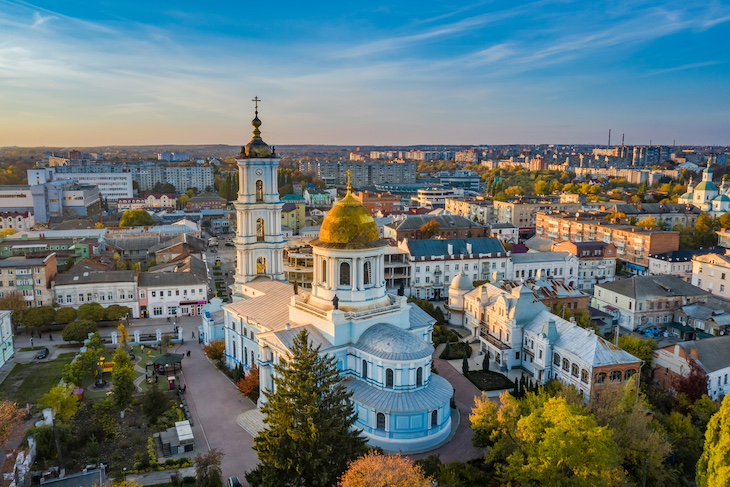Sumy, Ukraine
In the city of Sumy, the jumping off point for the Ukrainian attack on Russia’s Kursk region, the night is punctuated by the sound of explosions, the staccato fire of anti-aircraft batteries, and occasionally the whir of Iranian-made Shaheed suicide drones.
In a parking lot in the east of the city a dozen cars were burned to a crisp on a recent Saturday morning, incinerated by one of Moscow’s Iskanders, a hypersonic missile that travels at Mach six and has a range of more than 300 miles.
Meanwhile in a basement cellar in the city dozens of young Russian conscripts, taken prisoner in Kyiv’s recent land-grab, were being questioned, treated for injuries, and shown to western journalists.
You might be forgiven, then, for thinking that Sumy, founded by Cossacks in the 17th century, is the picture of a city at war.
But between the drone and missile attacks hours, and occasionally days, go by.

Get Britain's best politics newsletters
Register to get The Spectator's insight and opinion straight to your inbox. You can then read two free articles each week.
Already a subscriber? Log in






Comments
Join the debate for just £1 a month
Be part of the conversation with other Spectator readers by getting your first three months for £3.
UNLOCK ACCESS Just £1 a monthAlready a subscriber? Log in